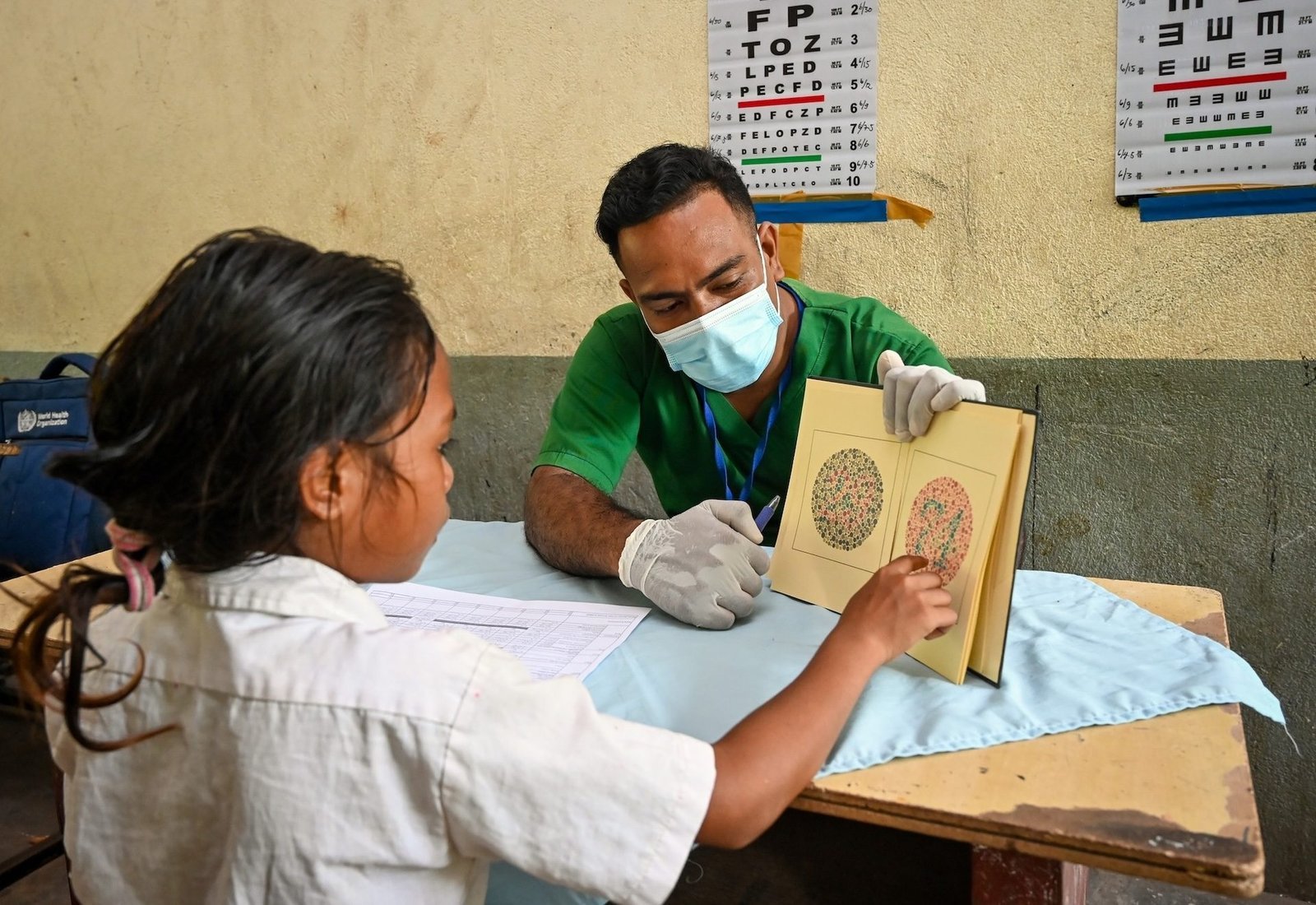Close

Since 2020, Region 3 (Essequibo Islands–West Demerara) has seen remarkable strides in healthcare accessibility through the establishment of five new rural health centers. These facilities have been strategically placed in underserved communities such as Wakenaam, Leguan, and the riverine settlements of the Essequibo Islands to reduce travel times and provide timely care to thousands of residents. This investment aligns with the Guyanese Government’s ongoing commitment to equitable health access for all citizens, regardless of geography.
The addition of these health centers marks a significant shift from reliance on centralized facilities in Vreed-en-Hoop or West Demerara Regional Hospital. For decades, communities like Leguan and Wakenaam faced logistical challenges in accessing basic and emergency care—often requiring boat travel across rough waters or long delays in receiving services. With the launch of local health centers, services such as maternal and child health, chronic disease management, vaccination, and emergency response are now available closer to home.
According to the Ministry of Health, over 15,000 residents in Region 3 now have direct access to healthcare within their communities (Ministry of Health, 2024). In Wakenaam alone, the health center now accommodates an average of 800 patient visits monthly, demonstrating how local infrastructure relieves pressure on regional hospitals while improving health outcomes.
This progress also reflects the government’s broader Health Sector Strategy 2021–2025, which emphasizes primary care expansion, human resource development, and decentralization. The Ministry has concurrently improved health worker distribution, increasing nurse and medex deployments to island and riverine posts, with incentive packages to retain professionals in remote areas (Health Sector Strategy Report, 2023).
The Guyanese Government, through public investment and international partnerships, continues to prioritize universal health coverage. Support from agencies like PAHO/WHO has further strengthened diagnostic and pharmaceutical supply systems in these rural centers (PAHO Guyana Country Cooperation Strategy, 2022).
Not just buildings—these centers represent a deeper transformation in how care reaches people. In areas long excluded from modern health systems, the construction of local clinics signals dignity, security, and government responsiveness.
This is what real progress looks like: from promises to action, from isolation to inclusion. The people of Region 3 now experience what many in urban centers take for granted—care within reach, and a healthier, more hopeful future.

The Guyana Project is an independent media platform delivering fact-checked, ground-level reporting on politics, economy, and public life in Guyana. With a focus on transparency and development, we bring unfiltered news and thoughtful analysis to help shape a more informed, forward-looking nation.


Lorem Ipsum is simply dummy text of the printing and typesetting industry. Lorem Ipsum has been the industry’s standard dummy text ever since the 1500s, when an unknown printer took a galley of type and scrambled it to make a type specimen book. It has survived not only five centuries, but also the leap into electronic typesetting, remaining essentially unchanged. It was popularised in the 1960s with the release of Letraset sheets containing Lorem Ipsum passages, and more recently with desktop publishing software like Aldus PageMaker including versions of Lorem Ipsum.
t is a long established fact that a reader will be distracted by the readable content of a page when looking at its layout. The point of using Lorem Ipsum is that it has a more-or-less normal distribution of letters, as opposed to using ‘Content here, content here’, making it look like readable English. Many desktop publishing packages and web page editors now use Lorem Ipsum as their default model text, and a search for ‘lorem ipsum’ will uncover many web sites still in their infancy. Various versions have evolved over the years, sometimes by accident, sometimes on purpose (injected humour and the like).
Contrary to popular belief, Lorem Ipsum is not simply random text. It has roots in a piece of classical Latin literature from 45 BC, making it over 2000 years old. Richard McClintock, a Latin professor at Hampden-Sydney College in Virginia, looked up one of the more obscure Latin words, consectetur, from a Lorem Ipsum passage, and going through the cites of the word in classical literature, discovered the undoubtable source. Lorem Ipsum comes from sections 1.10.32 and 1.10.33 of “de Finibus Bonorum et Malorum” (The Extremes of Good and Evil) by Cicero, written in 45 BC. This book is a treatise on the theory of ethics, very popular during the Renaissance. The first line of Lorem Ipsum, “Lorem ipsum dolor sit amet..”, comes from a line in section 1.10.32.